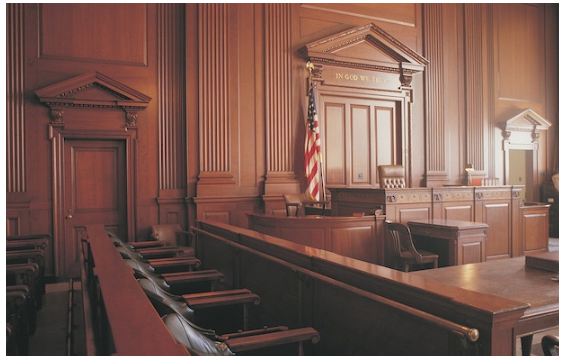St. John assessor wants change in system
Published 12:00 am Wednesday, April 11, 2012
This is the second article in a series examining the state of property taxes in the River Parishes.
By ROBIN SHANNON
L’Observateur
LAPLACE – St. John the Baptist Parish Assessor Whitney Joseph said he wants to shed more light on what he perceives as a problem with the way the state assesses property to determine residential taxes.
“I’m finding that some home prices in neighborhoods like Cambridge, New Era and Sugar Ridge have gone up too fast in recent years,” Joseph said. “I fear that there will come a point where some residents are taxed out of their homes because of rising assessments.”
Joseph explained that there are some residents in those neighborhoods who purchased homes in the early days of those subdivisions and never moved out, while neighbors around them have come and gone. The result is a change in assessed value of the homes in the neighborhood.
“When people first bought the homes, some were selling for $50,000 to $75,000,” he said. “But obviously when you buy a home for $50,000, you want to sell it for more. Prices go up, and value goes up, and taxes go up.”
Joseph first encountered the problem in the years following Hurricane Katrina in 2005, when 2006 home sales showed huge jumps in price. He said some home sales showed a nearly 70 percent increase in price in some neighborhoods. Joseph got help from the state Tax Commission allowing him to dismiss some of those “panic sale prices” in the assessment that followed, but he still believes the assessment system needs work.
“I would like to see assessments be done every 10 years or every five years instead of every four years,” Joseph said. “The housing market is volatile. It changes quickly. I think a longer period between assessments would allow for the market to settle and produce more fair assessments.”
Joseph said he would also like the state to consider using the consumer price index instead of fair market value in determining the value of property. The consumer price index is a measure of the average change over time in the prices paid by urban consumers for goods and services, while the fair market value is an estimate of the market value of a property based on what a knowledgeable, willing, and unpressured buyer would probably pay to a knowledgeable, willing, and unpressured seller in the market.
Joseph said the fair market value produces a 12 percent increase in value every four years, while the consumer price index would produce a 2 percent increase in value every four years.
Joseph’s idea is modeled after a 1978 law passed in California that limited the amount of property taxes assessed on homes. The amendment restricted annual increases of assessed value of real property to an inflation factor, not to exceed 2 percent.
It also prohibited reassessment of a new base year value except in cases of a change in ownership or completion of new construction.
“It is the ‘American Dream’ that allows individuals the right to buy a home,” Joseph said. “I’m doing what I can so that we don’t take that dream away from them.”




